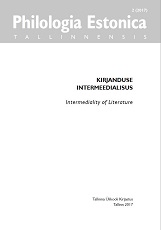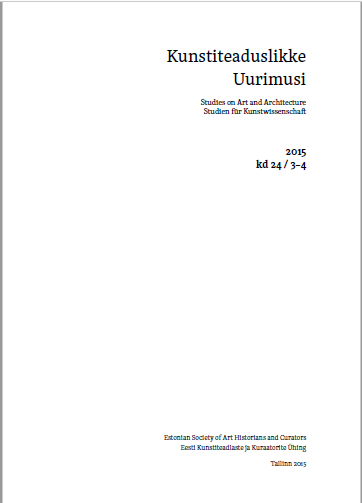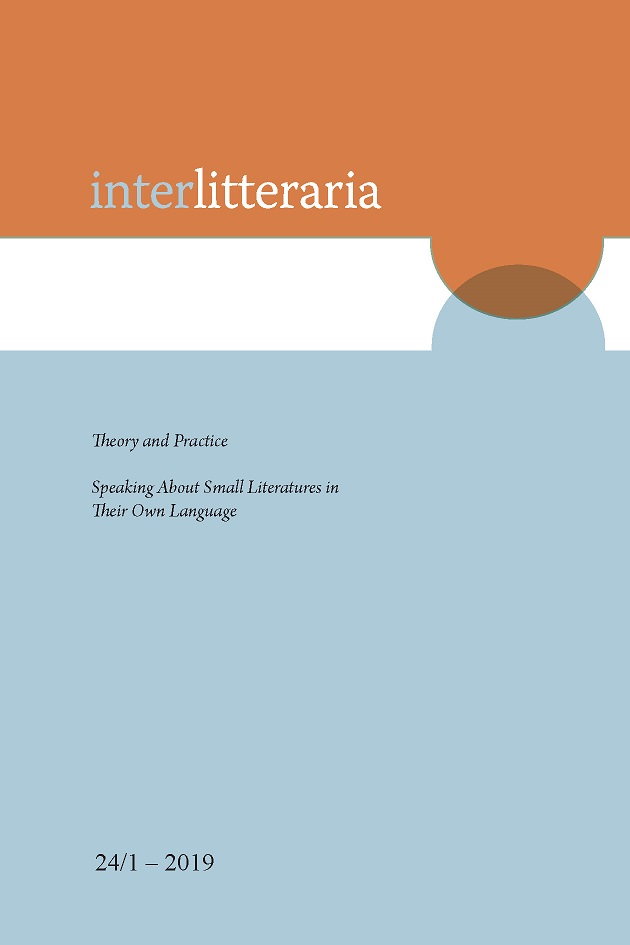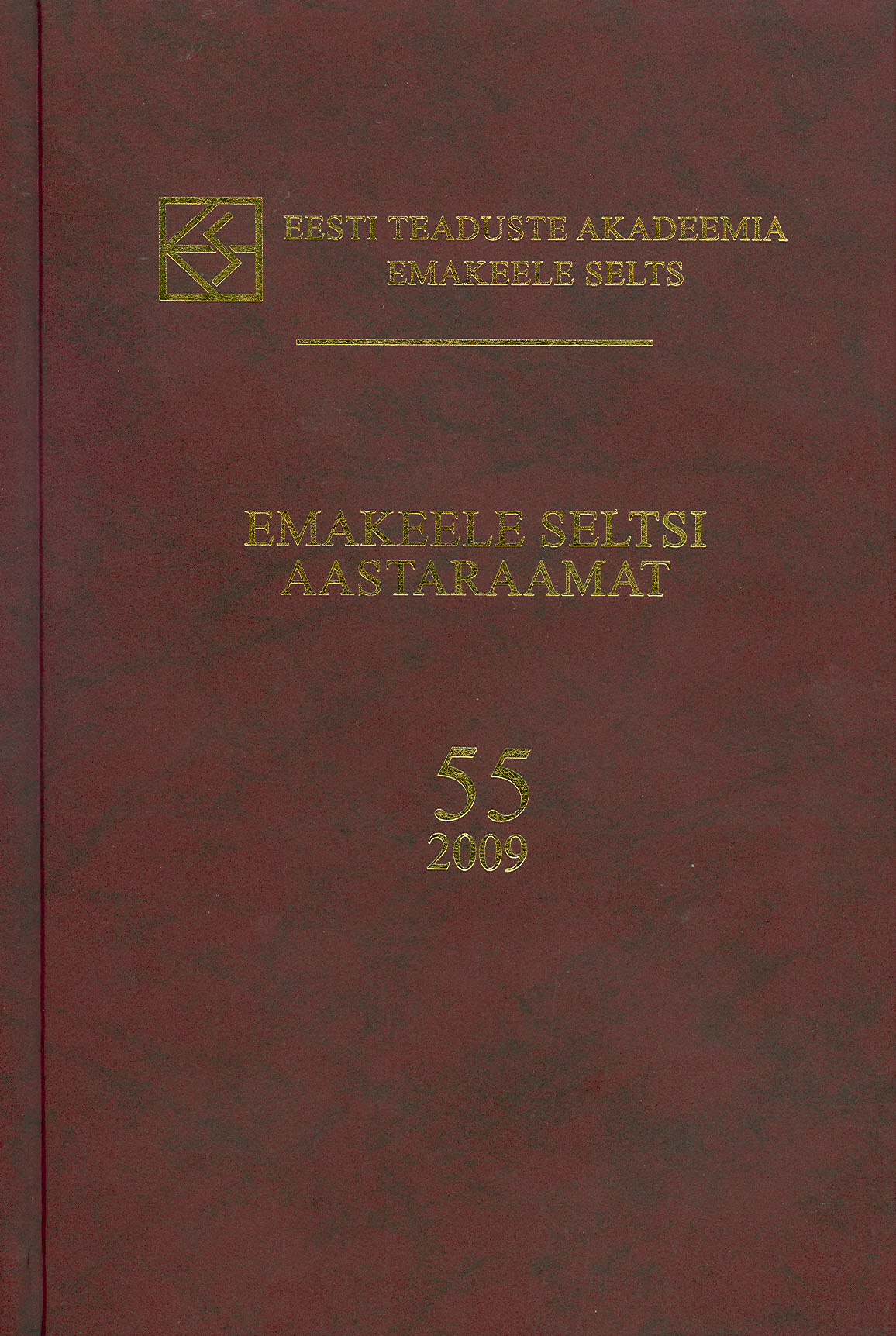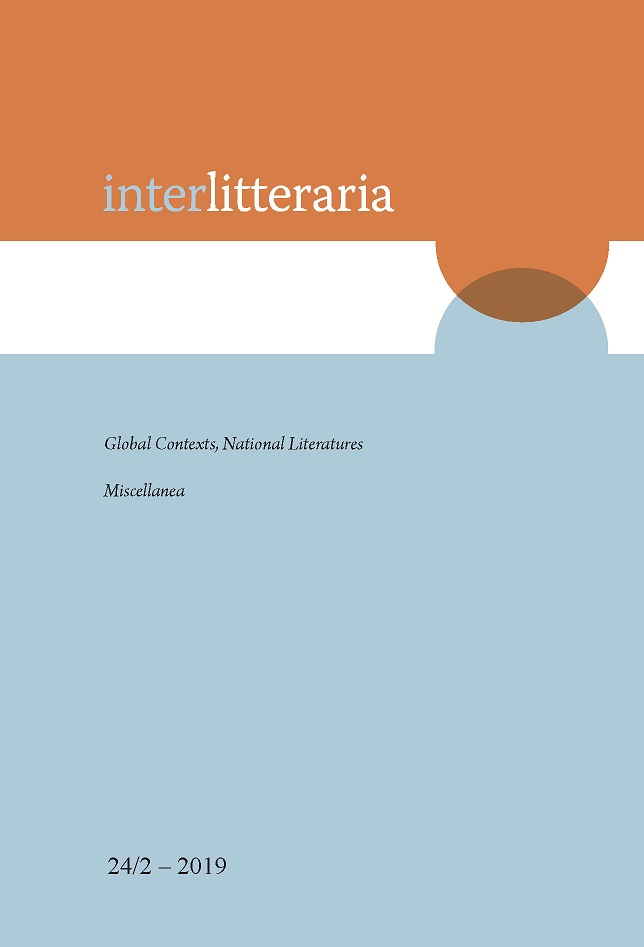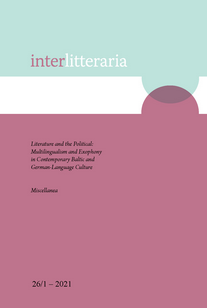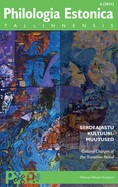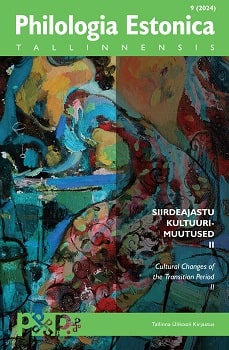„Popi and Huhuu” ning tema eelkäija eesti kirjanduses
The short story „Popi and Huhuu” (1914) by Friedebert Tuglas can be considered the crown of the canon of Estonian short stories. Yet up to now nobody has pointed out its resemblance to an anonymous pastime story Ahvi armastus ja kättemaksmine („The love and revenge of a monkey”) published in the literary magazine Meelejahutaja in 1881. To gain new knowledge about the birth of „Popi and Huhuu” and to clarify the relations of Tuglas with his preceding generation, the so-called epigons, the two stories are compared, using influence criticism’s method. It appears that Tuglas, however overtly sensitive to authenticity problems and inimical towards his predecessors, was closely bound to them by his borrowing one of their motifs. The spread of attitudes, ideas, motifs and plots during the decades between the pastime story and Tuglas’s short story demonstrates a huge development in Estonian literary thought. Nevertheless, the advent of Tuglas and the other representatives of Young Estonia did not mean a total break from the past, as they were also epigons, in a positive sense, carrying on from their predecessors: Estonian short prose had been playing with grand symbols long before the Young Estonians modernist project, although falling short of great abstractions or a truly artistic effect. Even the ideas known from the Young Estonians’ manifesto were in the air and expressed in the cultural press of the late 19th century.
More...
